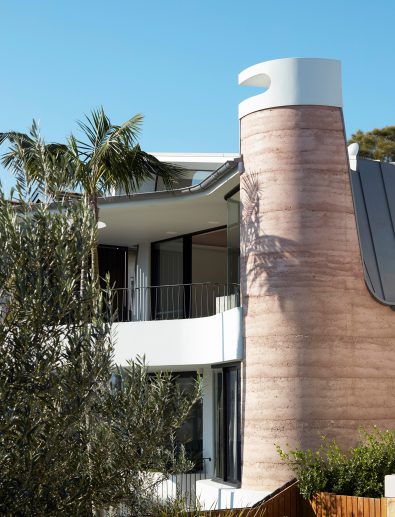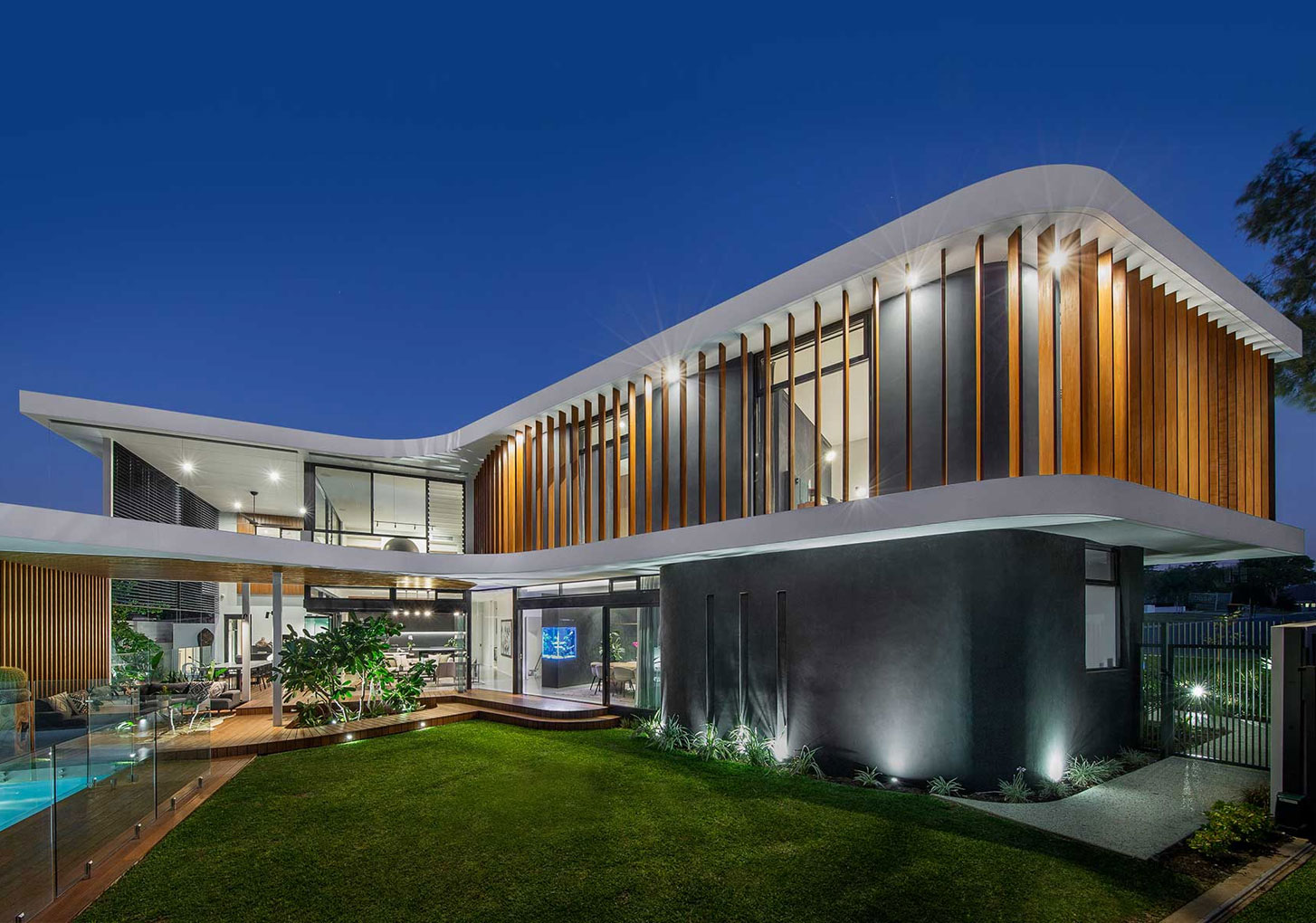Top Patterns in Residential Style You Must Learn About
As residential architecture continues to advance, a number of engaging fads are forming the means we create and populate our living rooms. Trick growths such as lasting structure techniques, the combination of smart home innovation, and the increase of modular homes highlight a considerable change towards both performance and ecological obligation.
Sustainable Structure Practices
A raising variety of household jobs are welcoming lasting structure practices, driven by an expanding recognition of ecological effect and energy efficiency. This shift is characterized by the integration of environmentally friendly products, energy-efficient designs, and innovative building and construction approaches. Building contractors and home owners are increasingly focusing on making use of renewable energies, such as bamboo and recycled steels, which not only reduce the carbon impact however also enhance the sturdiness and aesthetic allure of residential or commercial properties.
Incorporating energy-efficient systems is one more crucial facet of lasting structure - residential house architect. Features such as high-performance insulation, energy-efficient home windows, and solar panels are becoming criterion in new household styles. These elements not only contribute to reduced energy usage yet likewise provide substantial long-lasting financial savings for house owners
Moreover, the format of sustainable homes usually highlights natural light and air flow, reducing the dependence on fabricated illumination and environment control systems. Landscaping practices, such as xeriscaping, more promote sustainability by decreasing water usage.
As the demand for sustainable living options continues to increase, the household architecture sector is positioned to introduce and adapt, making sure that future homes are not just ecologically accountable yet also comfortable and useful for their owners. - residential house architect
Smart Home Technology
Smart home innovation is transforming the way homeowners engage with their home, enhancing benefit, power, and safety management. This ingenious approach integrates different gadgets and systems, enabling customers to control their homes remotely or through automated processes. Central to this fad is using smart devices such as thermostats, illumination, security video cameras, and home appliances, all linked by means of the Web of Points (IoT)
Among one of the most attractive features of clever home modern technology is the capacity to personalize setups for optimal energy efficiency. Homeowners can monitor energy usage and adjust heating, air conditioning, and lights based upon their routines, substantially decreasing energy costs. Furthermore, advanced security systems outfitted with clever locks and surveillance electronic cameras supply comfort, enabling remote tracking and alerts to possible safety breaches.
Combination with voice-activated assistants improves user experience, permitting property owners to regulate gadgets with straightforward voice commands. As technology remains to evolve, the possibility for smart home systems to boost high quality of life expands, making them an essential factor to consider in modern residential design. Inevitably, smart home innovation is not merely a fad but an essential change toward much more smart living settings.
Open Principle Living
Open principle living has emerged as a specifying function in contemporary property style, characterized by the removal of conventional obstacles between spaces. This style philosophy advertises fluidness and connection within the home, allowing for a seamless transition in between locations such this hyperlink as the cooking area, eating, and living rooms. By removing partitions and walls, open principle layouts create a sense of spaciousness, cultivating an inviting environment that improves social interaction.

Additionally, this approach to household style aligns with minimalism, concentrating on practical simplicity and visual coherence. Home owners appreciate the flexibility of these formats, which can be easily adjusted to show individual style through furnishings arrangement and style. As open idea living proceeds to get traction, it continues to be a testament to evolving household dynamics and the need for homes that enhance link and comfort.
Biophilic Layout
Biophilic style has actually ended up being increasingly considerable in domestic design, highlighting the intrinsic connection in between human beings and nature. This design approach seeks to incorporate natural environments into living areas, therefore fostering a sense of health and boosting the quality of life for passengers. By including attributes such as natural light, greenery, and organic products, biophilic style advertises a harmonious relationship between indoor atmospheres and the natural globe.
Crucial element of biophilic layout consist of large windows that offer unhampered sights of exterior landscapes, living wall surfaces that present plant into interiors, and open floor Check This Out plans that motivate air flow and natural light infiltration. Water features, both inside and outside the home, serve to produce comforting environments and boost sensory experiences.
In addition, the usage of sustainable materials not just supports ecological stewardship but additionally adds to much healthier indoor air top quality. As understanding of ecological issues rises, homeowners are progressively focusing on layouts that mirror their link to nature. Essentially, biophilic style not only elevates aesthetic appeal but additionally addresses emotional and psychological requirements, making it an important trend in modern residential style.
Modular and Prefab Residences

Moreover, modular and prefab homes are developed with sustainability in mind. Numerous makers use green products and energy-efficient systems, such as solar panels and advanced insulation techniques, adding to lowered power intake and lower utility expenses for home owners. The adaptability of layout alternatives allows for modification, satisfying diverse aesthetic preferences and functional needs.
As the demand for budget-friendly housing remains to climb, prefab and modular homes offer a sensible remedy, attending to both economic and environmental obstacles. Areas are increasingly identifying the capacity of these structures, incorporating them right into urban and country setups. Generally, the trend towards prefab and modular homes signifies a shift toward a lot more sustainable, reliable, and versatile living environments, making them a crucial aspect of contemporary household design.
Conclusion
Sustainable building practices and smart home modern technologies enhance efficiency and convenience, while open concept living and biophilic design foster social interaction and a connection to nature. The rise of modular and prefab homes uses adjustable and budget friendly options, showing a wider change in the direction of useful and liable living.
Trick growths such as lasting building methods, the combination of clever home modern technology, and the increase of modular homes highlight a considerable shift in the direction of both capability and ecological responsibility.The surge of prefab and modular homes has actually transformed the residential style landscape, providing ingenious services for efficient and lasting living.Additionally, modular and prefab homes are developed with sustainability in mind. Overall, the fad toward prefab and modular homes symbolizes a shift towards a lot more sustainable, effective, and versatile living atmospheres, making them a pivotal facet of contemporary residential style.
Sustainable building techniques and wise home technologies boost effectiveness and convenience, while open principle living and biophilic design foster social interaction and a link to nature.